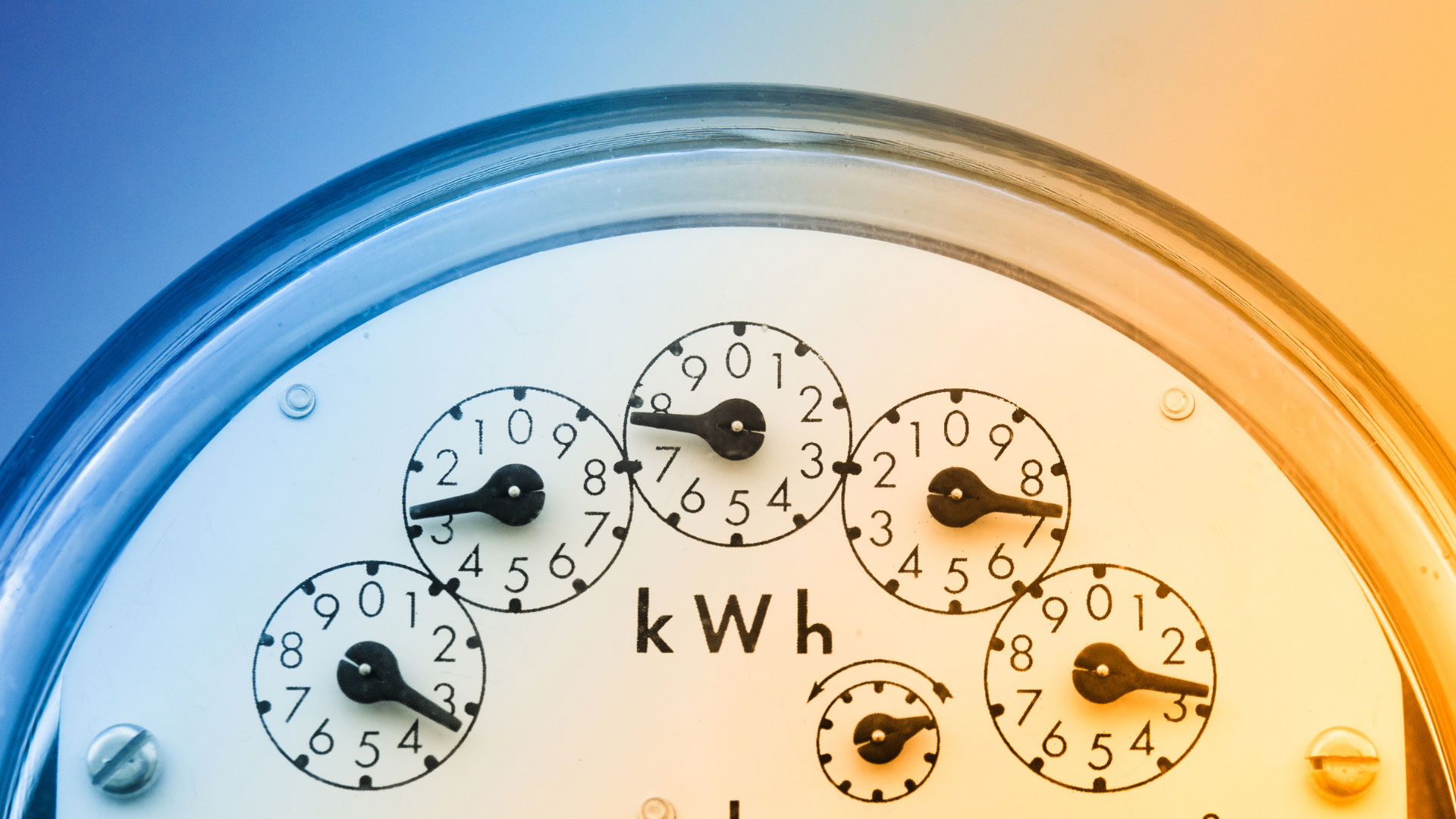The California Public Utilities Commission (CPUC) proposed a new solar Net Metering program on December 13, 2021. The new program, NEM 3.0, will replace the current NEM 2.0, significantly impacting homeowners who are considering buying solar panels and the solar industry as a whole.
The deadline for the decision to commence with NEM 3.0 was initially set to January 27, 2022. It has now been postponed until the earliest on February 24, 2022, buying homeowners across California time to go solar while it’s still viable.
The Evolution of NEM and What to Expect
Net metering allows homeowners to get credit from their utility for any surplus power they send back to the grid. The credits then go towards the monthly electricity cost, saving homeowners a notable amount of money every year.
The original net metering program, NEM, offered a one-for-one credit for residential solar panels, but that changed in 2016 when CPUC introduced NEM 2.0. With the revised net-metering program, homeowners with solar panels received two cents less per kWh sold to the utility. However, with the newest version, NEM 3.0, the changes are substantial and will have serious financial consequences for new solar owners.
“The NEM 3.0 proposal means that the financial value of solar will be cut in half if not more. Homeowners will receive much less credit when selling their surplus energy, which will force them to buy electricity from the utility companies – making their solar panel investment much less attractive and a lot more expensive,” said Rainier de Ocampo, VP of Marketing at Solar Optimum.
The Solar Industry in Protest Over NEM 3.0
Solar panel companies, installers, developers, renewable energy professionals, and homeowners took to the streets in Los Angeles and San Francisco on January 13 to appeal to Governor Gavin Newsom to save rooftop solar. The rallies were a protest to the NEM 3.0 proposal and the inevitable devastating consequences it will have on not only jobs in the renewable energy sector, but also the future of solar as well as California’s clean energy goal.
If NEM 3.0 gets approved, California will have the highest solar penalty fees in the US for an average solar system with a fixed rate of $57 per month. The prognosis is that the high fee will result in homeowners giving up on the idea of solar, making the state’s clean energy goal virtually impossible.
Are solar panels worth it?
With the decision deadline postponed until February 10, there is still time for homeowners who want to go solar to be grandfathered under NEM 2.0 if they act now. The cutoff date for NEM 2.0 is set to 120 days after the decision to go ahead with NEM 3.0 has been finalized.
Solar Optimum can help you get your solar project approved and installed before the expiration of NEM 2.0. Contact one of our Energy Consultants today to get your solar proposal started.






